Explore customizable Startups Business Plan Templates and choose the ones that match your business plan. Draft your business agendas, edit and complete them, and distribute them with your business partners.

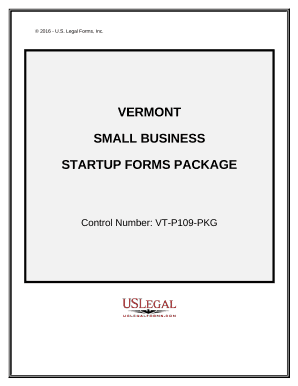

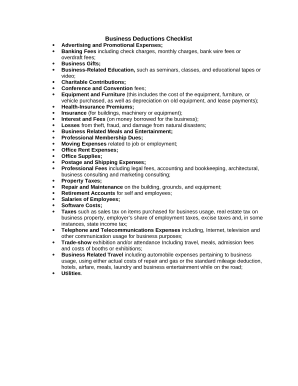

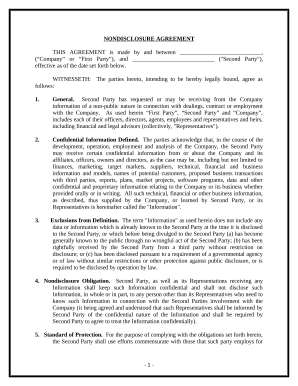

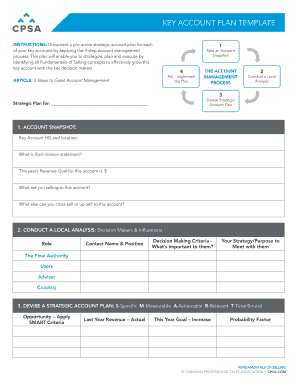

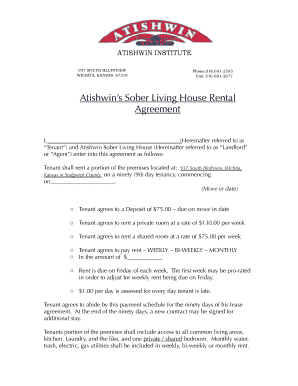

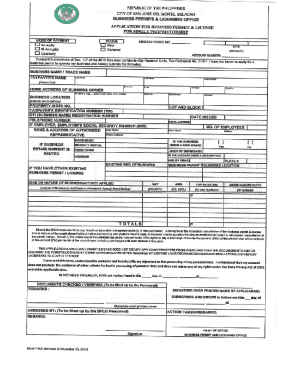

Accelerate your form administration using our Startups Business Plan Templates category with ready-made form templates that suit your requirements. Access the document template, modify it, complete it, and share it with your contributors without breaking a sweat. Start working more efficiently with the forms.
The best way to manage our Startups Business Plan Templates:
Explore all of the possibilities for your online file administration with our Startups Business Plan Templates. Get a free free DocHub profile today!